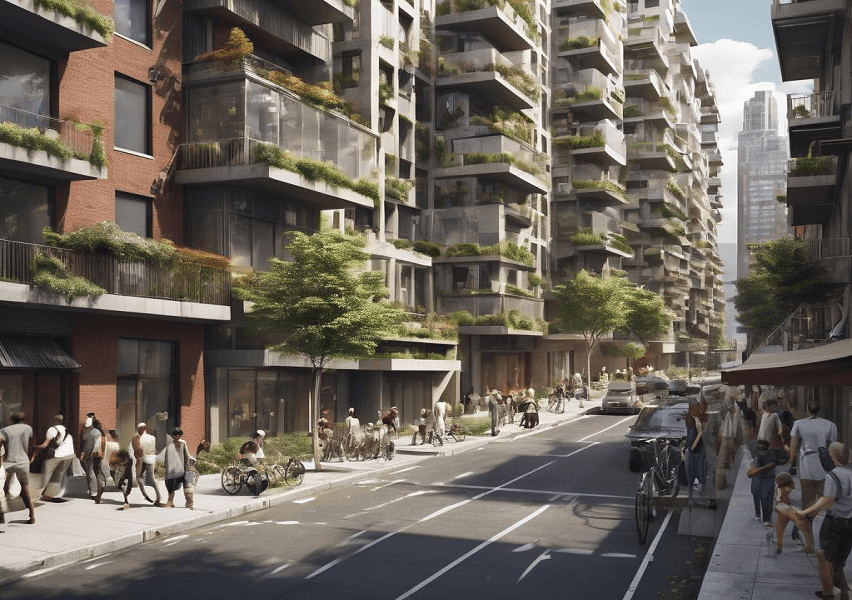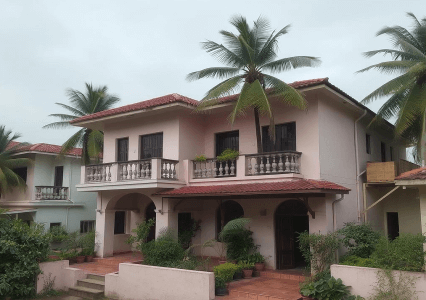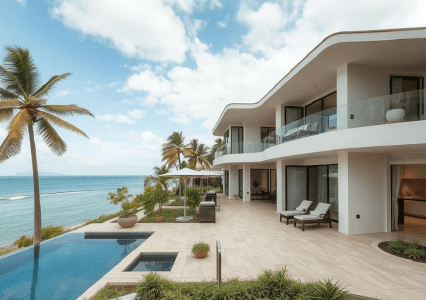
Urban planning plays a crucial role in shaping the quality of life in cities. Effective urban planning creates livable, vibrant cities that are sustainable, inclusive, and resilient. It involves the design and regulation of the use of space, considering the physical, social, and economic aspects of urban life.
Here, we explore the principles, strategies, and examples of impactful urban planning that contribute to the creation of dynamic and enjoyable urban environments.
Principles of Impactful Urban Planning
- Sustainability
- Environmental Protection: Integrating green spaces, promoting energy efficiency, and encouraging sustainable transportation to minimize the urban carbon footprint.
- Sustainable development leads to reduced carbon emissions and helps in keeping climate change and global warming in check.
- Resource Management: Efficient use of resources, including water, energy, and building materials, to ensure long-term environmental sustainability.
- Inclusivity
- Equitable Access: Ensuring all residents have access to essential services, amenities, and opportunities, regardless of their socio-economic status.
- Resilience
- Disaster Preparedness: Designing cities to withstand natural disasters through robust infrastructure and emergency response plans.
- Adaptability: Creating flexible urban spaces that can adapt to changing needs and conditions, including climate change and population growth.
- Major challenges such as vehicular traffic, overpopulation and climatic changes have a decisive impact on urban planning
- Connectivity
- Efficient Transportation: Developing multimodal transportation networks that connect people to jobs, education, and services efficiently.
- Walkability and Bikeability: Designing pedestrian-friendly and bike-friendly streets to reduce reliance on cars and promote healthy lifestyles.
- Quality of Life
- Public Spaces: Creating attractive and accessible public spaces that encourage social interaction, recreation, and cultural activities.
- Health and Well-being: Promoting physical and mental health through access to parks, sports facilities, and healthcare services.
Strategies for Creating Livable and Vibrant Cities
- Mixed-Use Development
- Integration of Functions: Combining residential, commercial, and recreational spaces within the same area to create lively neighbourhoods and reduce commuting distances.
- 24/7 Activity: Encouraging a mix of uses that ensure activity and vibrancy throughout the day and night, enhancing safety and economic vitality.
- Smart Growth
- Compact Development: Promoting higher density development to use land efficiently and reduce urban sprawl.
- Transit-Oriented Development (TOD): Concentrating development around public transit hubs to encourage the use of public transportation and reduce traffic congestion.
- Green Infrastructure
- Urban Green Spaces: Developing parks, green roofs, and community gardens to enhance urban biodiversity and provide recreational areas.
- Sustainable Drainage Systems: Implementing systems such as rain gardens and permeable pavements to manage stormwater and reduce flooding.
- Community engagement
- Participatory planning: engaging residents in the planning process through public consultations, workshops, and surveys ensures that urban development reflects the community’s needs and desires.
- Empowerment: encouraging community-led initiatives and providing support for grassroots projects strengthens social cohesion and empowers residents.
- Resilience and adaptability
- Climate resilience: planning for climate change by incorporating flood defenses, resilient infrastructure, and disaster preparedness measures enhances a city’s ability to withstand environmental challenges.
- Flexible design: designing adaptable spaces that can be repurposed for different uses over time ensures long-term sustainability and relevance.
Conclusion: Impactful urban planning is essential for creating cities that are livable, vibrant, and resilient. By integrating mixed-use development, green spaces, sustainable transportation, affordable housing, and community engagement, urban planners can design environments that promote health, well-being, and economic vitality.


